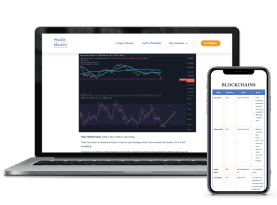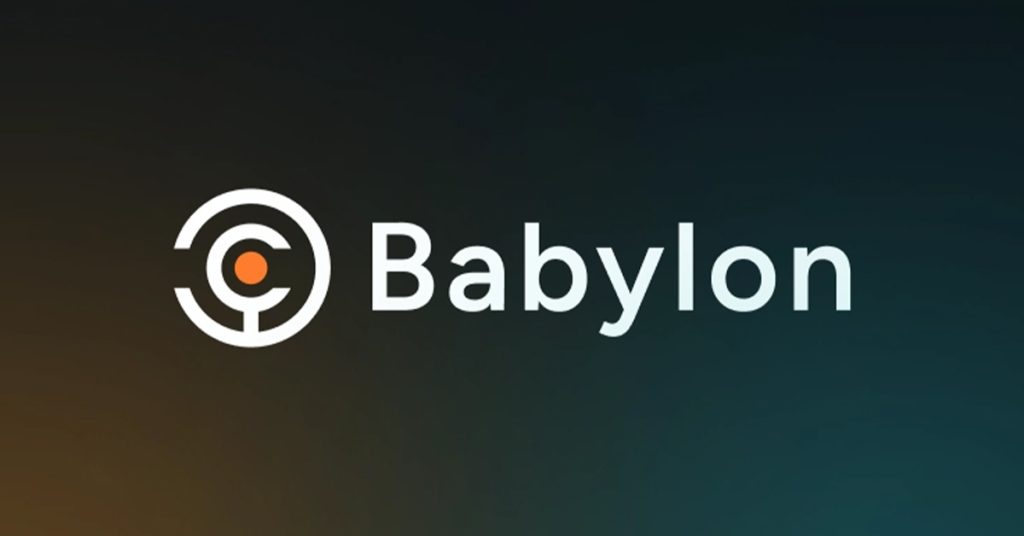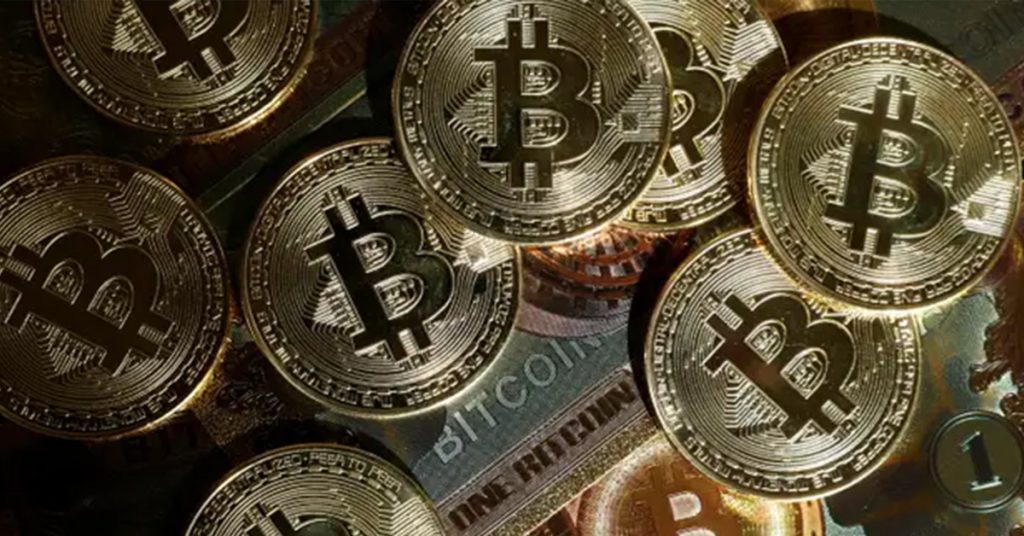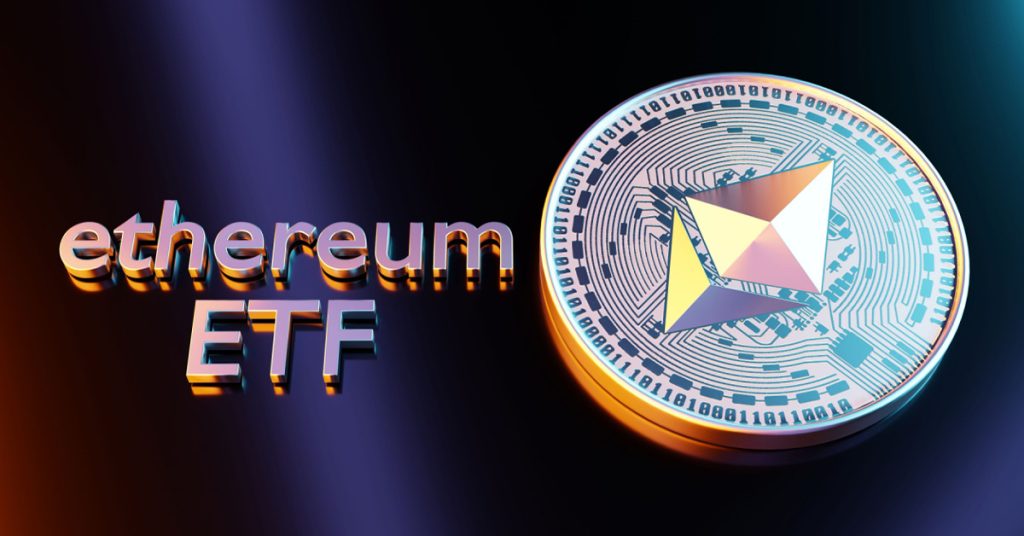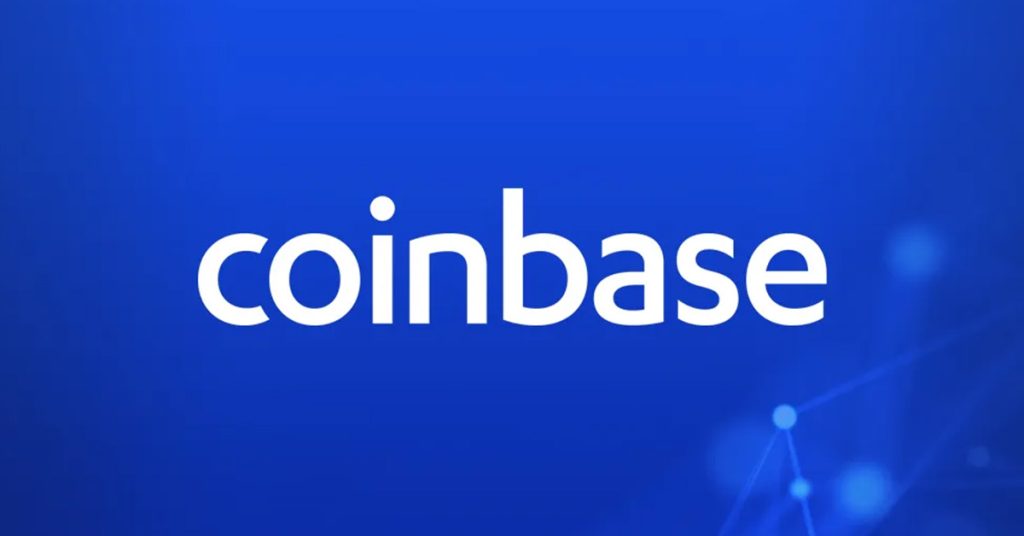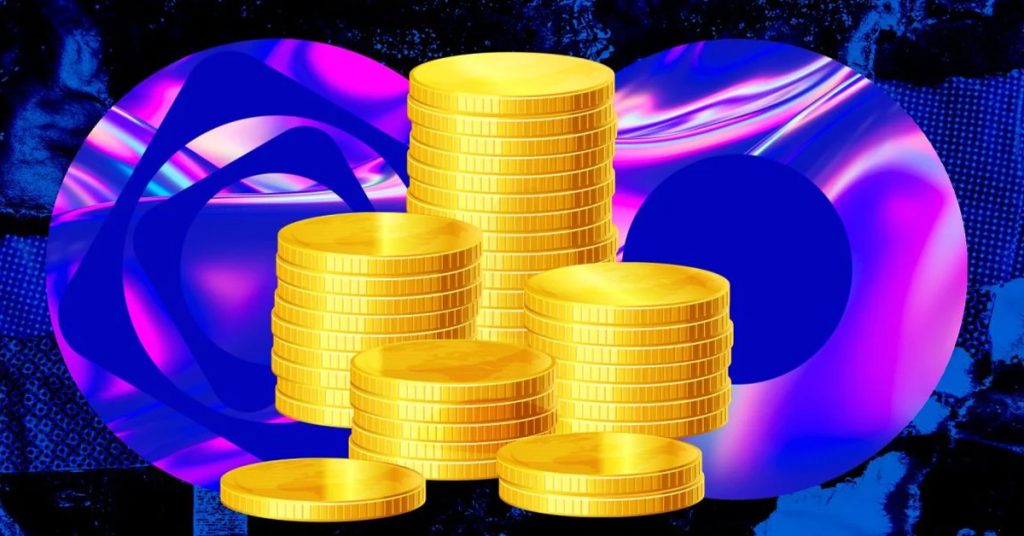DePIN: Projects that Decentralize Physical Infrastructure
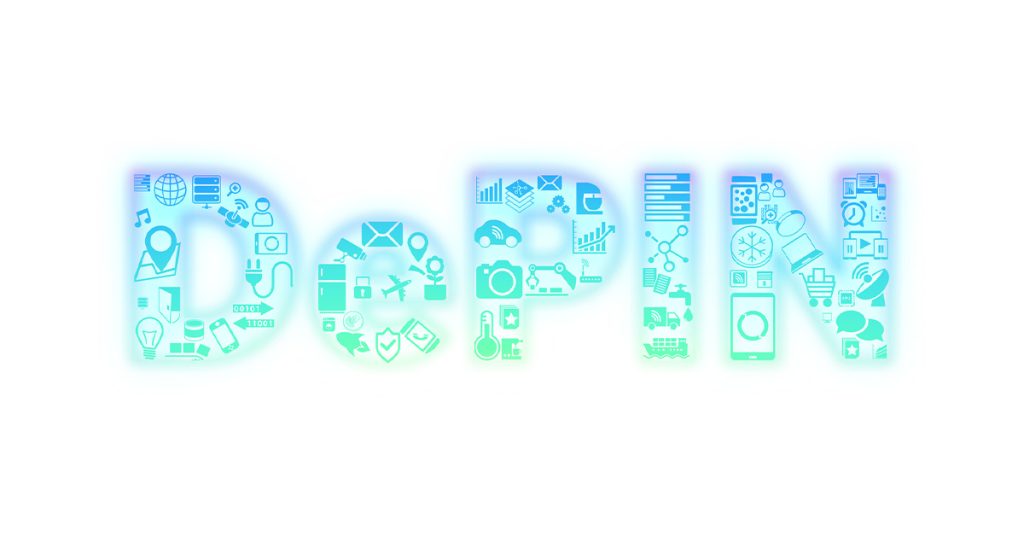
It’s one of the often-touted narratives of the upcoming bull market of 2024. Besides AI, gaming, and Real-World Assets, we often hear a slightly smaller sibling narrative: DePIN: Decentralized Physical Infrastructure Networks. Will Web3 finally shine in the real world through DePIN? Will it be the big new narrative? And what is the relation with the AI hype?
Let’s first look at the coins. Coins such as Akash and Render have pumped multiple times from their January 2023 lows – while still not having reached their previous all-time highs.
The newest project in the top 6 of DePIN coins as listed below on CoinGecko is Akash Network. It launched in 2021. (by the way, different dashboards use different category boundaries of what is a DePIN coin. Make sure to check out DePIN Ninja, for extensive dashboards.)
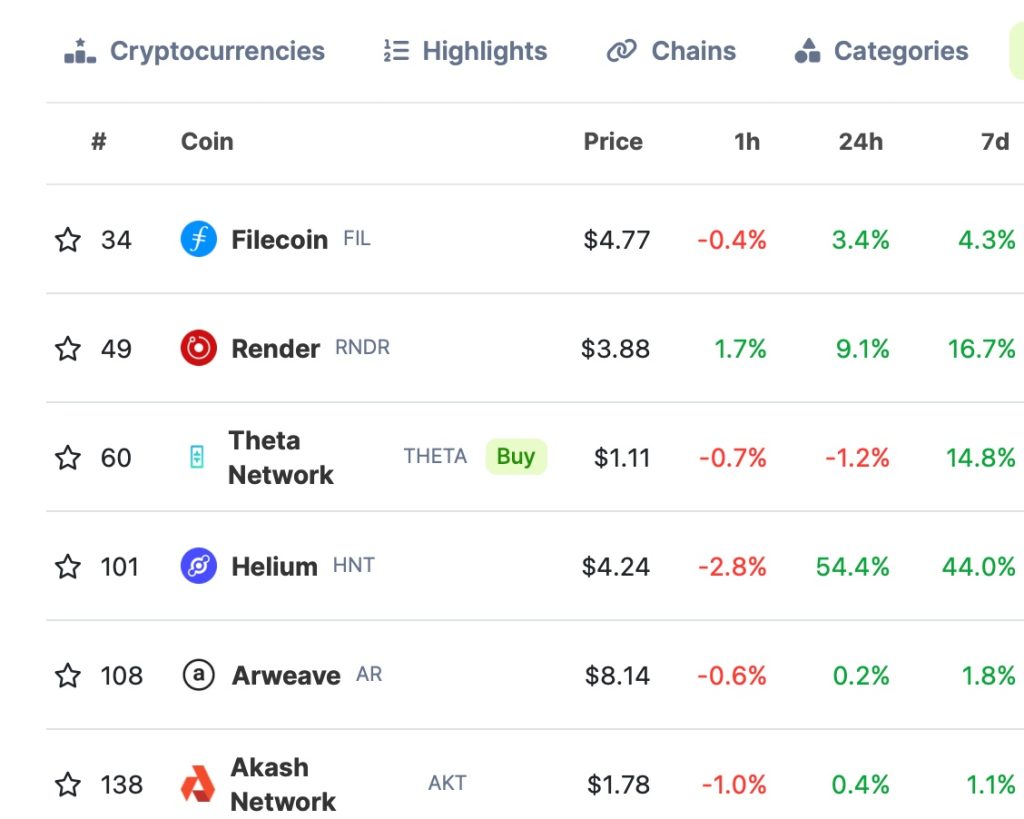
Most of these top projects are no spring chickens: measured in crypto years they’ve for sure reached adulthood already years ago! Filecoin launched in 2014, Helium in 2013. Arweave has been a household name since 2018 and it won’t go away anytime soon. At least, that’s what we hope for its users, as Arweave’s goal is to store data on-chain in perpetuity!
Arweave and Filecoin: Decentralized Storage
Let’s stick with Arweave for a second, to get an idea of what DePIN is. The Arweave protocol lets individuals with spare hard drive space store data in exchange for AR tokens.
What DePIN projects have in common is that the hardware that processes run on is decentralized across people’s devices. Everyone can join the network. The processes are in most cases related to data storage or data processing.
View it like this: if taxi service Uber had launched ten years later, it could have attached a utility token to its hardware (decentralized arsenal of cars) services. That’s what DePIN does to incentivize usage. Tokens in DePIN projects are used to reward participants who contribute hardware to the network.
Similar to what Arweave does, Filecoin is a peer-to-peer storage network. It creates a decentralized market for storage space. Users pay to store their files and providers receive Filecoin (FIL) for providing storage space.
A difference with Arweave is that Filecoin is more flexible in terms of data retrieval and duration of storage. It caters to a wider range of use cases. Another main difference is that miners in the Arweave network are incentivized to store data permanently through upfront endowment fees. Filecoin miners are incentivized through ongoing payments for storage and retrieval services.
Advantages of DePIN
Before we continue with other projects, let’s zoom out and ask ourselves: why would we even want to decentralize physical infrastructure?
In other words, what are the advantages of decentralizing PIN? These are the top 3:
- Better resilience: Distributed infrastructure is less vulnerable to attacks and failures: there is no single point of failure.
- Speed: By localizing resources and data processing, DePIN can reduce latency and improve the performance of digital services.
- Permissionless: Decentralized networks can provide services in remote or underserved areas, potentially bridging digital divides.
Different DePIN Sectors
According to a November 2023 Messari report, the biggest four DePIN sectors, all roughly the same size, are:
- Wireless
- Storage
- Compute
- Data Network
The DePIN sector as a whole has seen impressive growth in market capitalization over the last three weeks, with an increase of nearly $3 billion. If you leave out the tiny Sensor sector, the Compute sector is the growth leader. This is related to their intertwinement with the AI hype, as we will see.
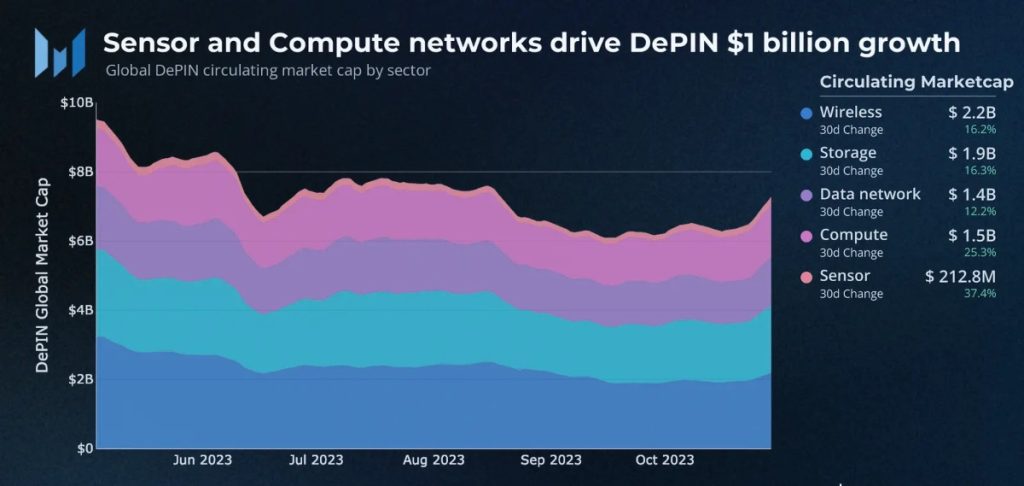
Let’s have a look at wireless first with prime project Helium.
What is Helium? Wireless Network Decentralized
Unlike traditional wireless networks that rely on large-scale infrastructure owned by a few entities, Helium is decentralized. It is operated by a community of individual operators. These miners of Helium set up hotspots in various locations. These are wireless access points that provide network coverage for Internet of Things devices. Each Hotspot doubles as a wireless coverage service and a node in the blockchain network.
By operating these Hotspots, miners earn HNT, the native cryptocurrency of the Helium Network.
Read Jesse’s article on his adventures as a Helium miner. TLDR: view mining Helium as a hobby, don’t expect great returns…
Akash and Render: Decentralized Computation
Both Akash and Render are marketplaces for computational resources, linking people who have access to CPU or GPU chips to those who need computing power.
The AI connection comes from the fact that the most significant source of demand for high-quality GPU chips is networks looking to train and query AI models.
Both Akash and Render have recently redirected their focus from cloud computing towards this AI use case.
Let’s first look at Render.
What is Render?
Render is a platform that lets users contribute unused GPU power from their home devices to help projects render motion graphics and visual effects. In other words, it is a peer-to-peer GPU marketplace in which providers can earn crypto (the utility token RNDR).
Some advantages of decentralizing GPU power are:
- Scalability. Users like you and me can set up nodes and free up our GPU capacity that is mostly idle. The resulting flexible, decentralized GPU network makes it available by ordinary users. Last year, there was a giant rendering job that took more than 300 nodes to complete.
- IP Protection: Render offers a digital management system utilizing blockchain for secure record-keeping and encryption. Unlike typical centralized services that might censor or delete data, Render’s use of blockchain ensures the protection of creators’ rights throughout their creative process by leveraging the technology’s inherent immutability.
In exchange, contributors of GPU power earn RNDR, the native utility token of the Render Network.
As already alluded to, Render has in the second half of 2023 pivoted from rendering cinematic-level visuals to handling GPU-intensive AI jobs. In October 2023 a proposal was passed to onboard Beam, an AI-specific GPU cloud network. Beam enables developers to develop locally while executing intensive workloads like model training and hyperparameter tuning in the cloud. This enables developers to prototype models quickly and inexpensively.
The Role of RNDR
RNDR is Render’s native currency. If you want to use services that Render offers such as animation, motion graphics and visual effects rendering, you’ll have to pay in RNDR. Operators of nodes on the Render Network is rewarded based on their availability to complete jobs and the number of jobs they complete during an epoch.
User Data Render
Through Q2 2023, 48,850 Render Network Jobs were created. Roughly 1.100 nodes were active.
To be fair, the number of new active Render nodes has declined quite a bit.
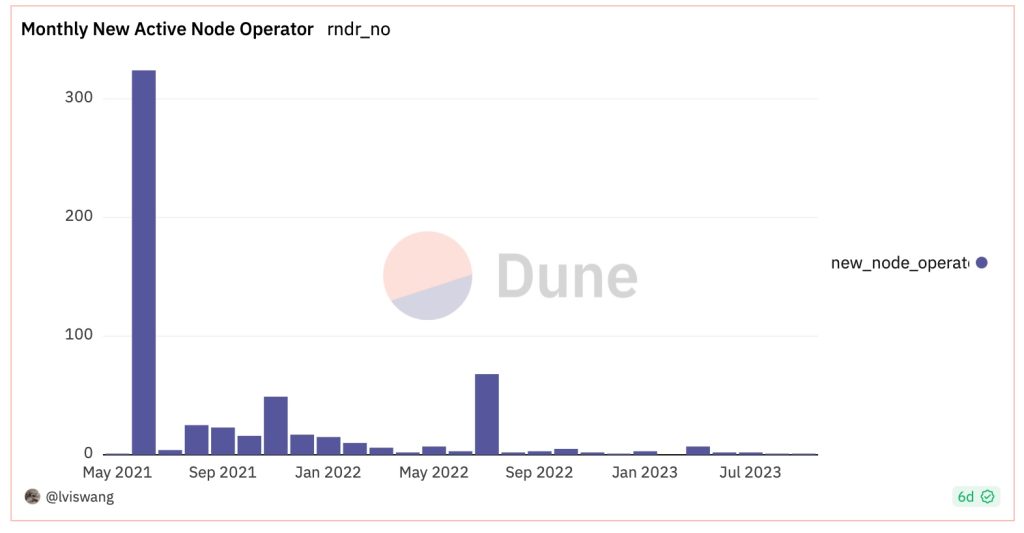
What is Akash Network?
Akash Network is a decentralized cloud computing platform. Its goal is to provide a more cost-effective and open cloud infrastructure. View it as a decentralized AWS.
Quite like Render, Akash leverages blockchain tech to create a marketplace for cloud resources, where companies or individuals can rent out their unused computing power, and others can purchase it to run their applications.
Akash is more general-purpose than Render: it offers a solution for a wide range of computing tasks. Think web hosting, web applications, and hosting nodes for other blockchains.
Conclusion
This was an introduction to DePIN and could obviously only scratch the surface. DePIN’s market cap is currently around 10 billion dollars. That’s less than Dogecoin! Combine the strong fundamentals – projects like Filecoin create hundreds of thousands of dollars of revenue per month – with the fact that the compute projects have AI tailwinds – both from a fundamental and a narrative perspective – and we’re looking at an interesting market opportunity.

